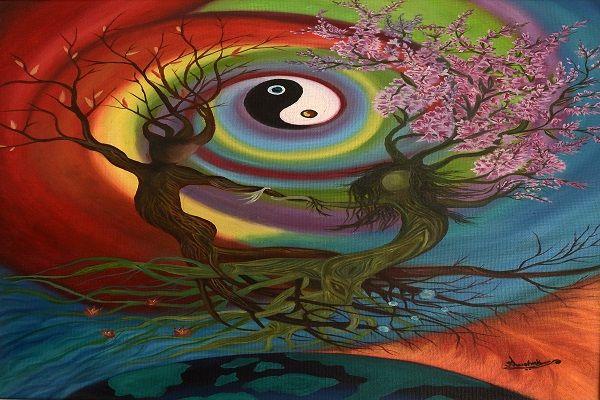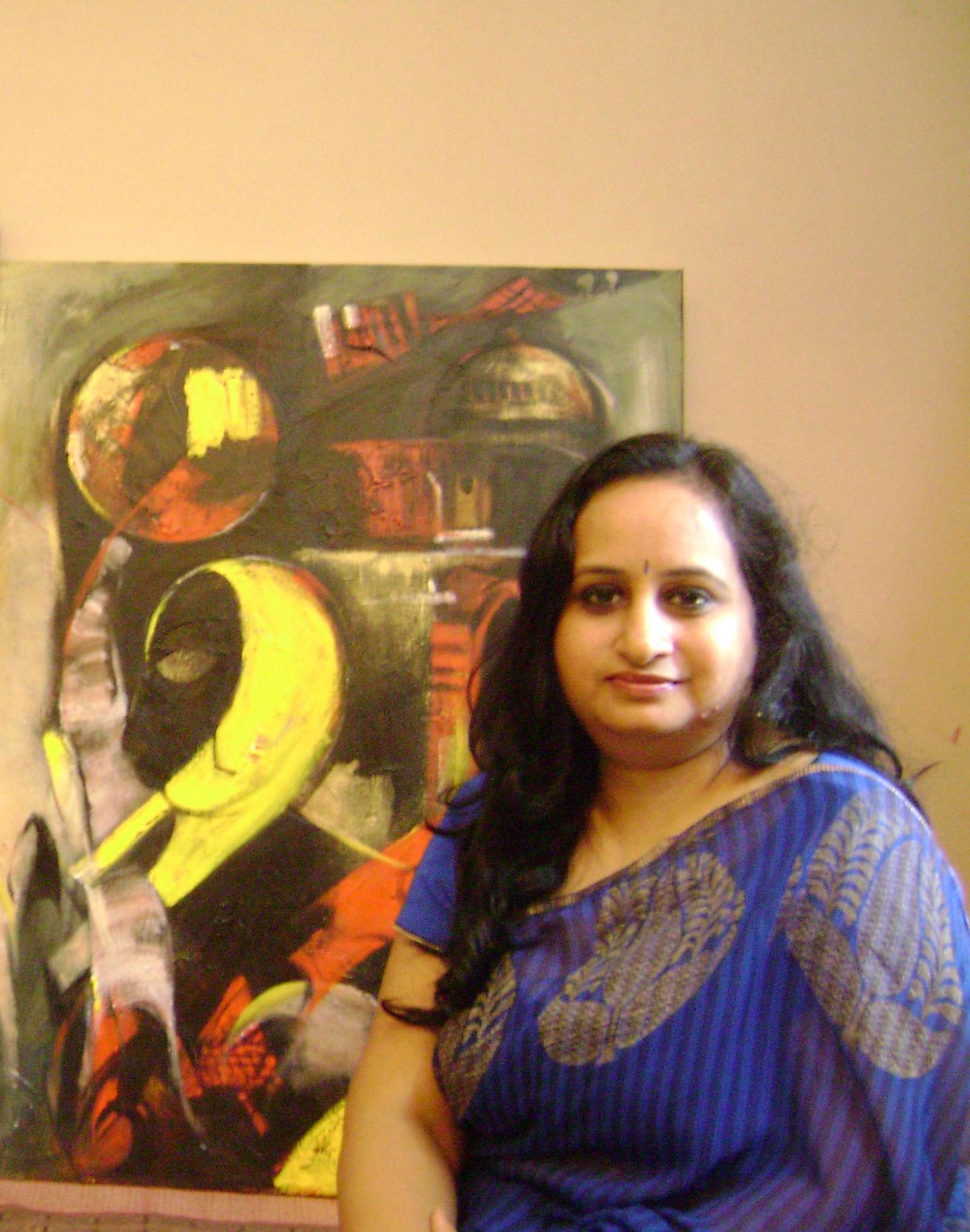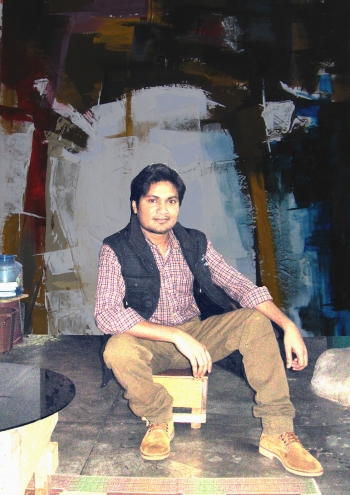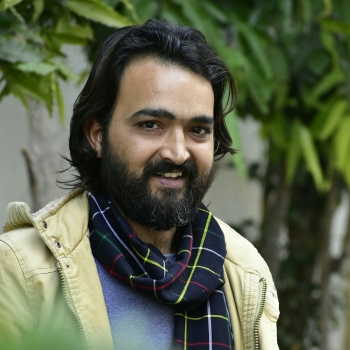
Indian abstract art paintings usually don't have a decipherable theme. It is a form of art that doesn't try to look like something or we can say try to imitate anything. Relatively, the main theme of an abstract painting is the hue, tint, shade and tone of the colors, form, and other certain unique features. In other words, we can say that abstract art paintings have been successful in tossing off the monotonous aspects of realism.
Thousands of years of artistic evolution had actually led to the advent of abstract form of art. This style of art got off the ground with the usage of vibrant colors and different shapes to represent perceptible and real objects on cave walls, such as those at Lascaux, France made during the Paleolithic period.
Hence, from there the use of diverse colors and shapes evolved to the two-dimensional figures and evidences of that can be found and seen in the prehistoric Mediterranean cultures. Later, with the passage of time, we can say that this evolution persisted for a period of time and finally came up in the form of magnificent figures of Michelangelo on the Sistine Chapel.
Interestingly, this panache of mish mashing different colors and shapes to represent concrete objects (often used figuratively or metaphorically for depicting abstract ideas) was beheld until the emergence of the Impressionists, who actually broke away from the prevalent artistic paradigm of art to different ways of expressing unique ideas or to depict happenings (either historic, mythological, or allegorical) and promoted the notion of "art for the sake of art only". Nevertheless, the Impressionists remained stuck onto the impression that art is supposed to depict something and their work typically represented majorly landscape artwork and portraits.
It was not until the very first experiment that was done in abstract art by Wassily Kandinsky. This further brought the abstract form of artwork in the forefront, which broke away from the idea of portraying anything and transformed into apparent representation of random colors and shapes in a different manner, despite of the fact that these form of artwork were often (and still often are) methodically or strategically planned.
Indeed, there were movements which actually contradicted the Indian paintings and if look back into pre-historic time we will find that it was realism that evolved to new levels--and this is irrefutably amazing, because artists should have the liberty to take whatever direction they want to go in the pursuit of achievement of their personal objectives. It also benefits the general populace since they are able to behold and admire a wide assortment of highly artistic and ingenious works.
This proliferation of the imagination has happened due to art, whether abstract, hyper-realistic, or something midway, through which the public derived either psychic or rational benefit or gained an immense pleasure.
In a nutshell, would say that the aim of art has always been to mesmerize and influence the viewing public with beautiful depiction of the subject since time immemorial. And, we think that abstract form has beautifully evolved over a period time in different ways and has been able to conquer the heart of many art admirers.





















